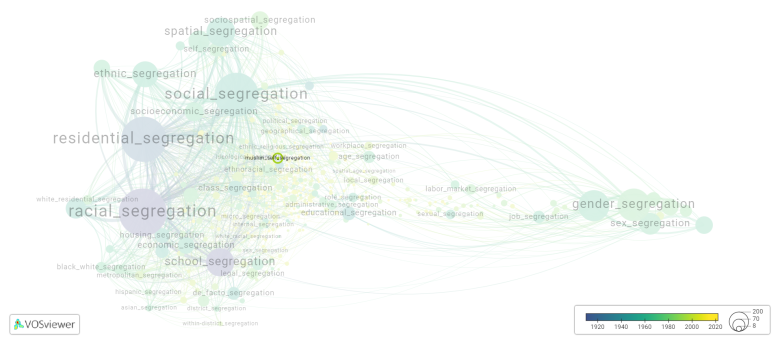Muslim self segregation
Date and country of first publication[1]
2006
United Kingdom
Definition
Muslim self-segregation refers to the tendency of some Muslim communities to live in separate, culturally homogenous neighborhoods or enclaves. This segregation can be due to a variety of factors, including a desire to preserve cultural traditions, fear of discrimination or Islamophobia, or simply a preference for living among others who share the same religion and values.
While self-segregation can provide a sense of community and support for Muslims, it can also lead to social isolation and lack of integration with the wider society. Critics argue that self-segregation can reinforce stereotypes and hinder social cohesion, while proponents argue that it is a natural expression of cultural identity and religious freedom.
Ultimately, the issue of Muslim self-segregation is complex and varies depending on the context and individual circumstances of each community. It is important to consider the factors driving self-segregation and work towards creating more inclusive and integrated societies where all individuals can feel a sense of belonging.
See also
Related segregation forms
Muslim self segregation is frequently discussed in the literature with the following segregation forms:
self segregation, ethnic residential segregation

This visualization is based on the study The Multidisciplinary Landscape of Segregation Research.
For the complete network of interrelated segregation forms, please refer to:
References
Notes
- ↑ Date and country of first publication as informed by the Scopus database (December 2023).
Muslim self segregation appears in the following literature
Phillips D. (2006). Parallel lives? Challenging discourses of British Muslim self segregation. Environment and Planning D: Society and Space, 24(1), 25-40. https://doi.org/10.1068/d60j
Britton J. (2019). Challenging the racialization of child sexual exploitation: Muslim men, racism and belonging in Rotherham. Ethnic and Racial Studies, 42(5), 688-706. Routledge.https://doi.org/10.1080/01419870.2018.1467030
